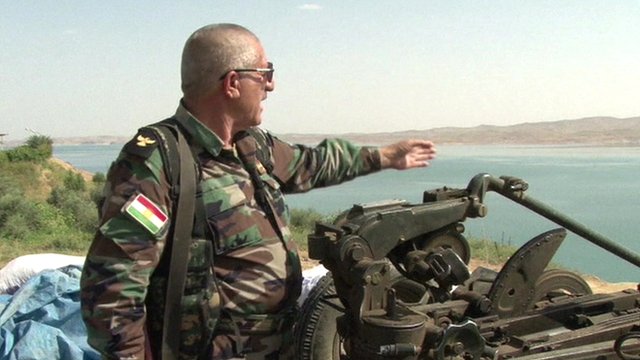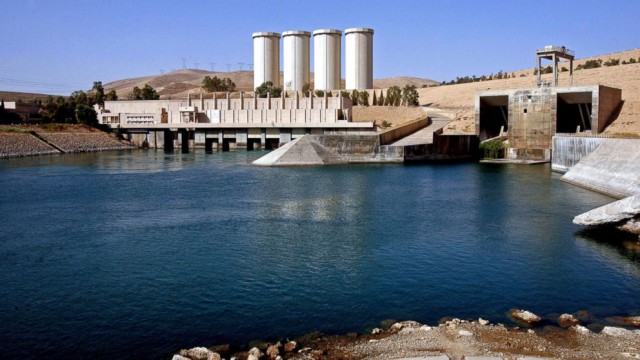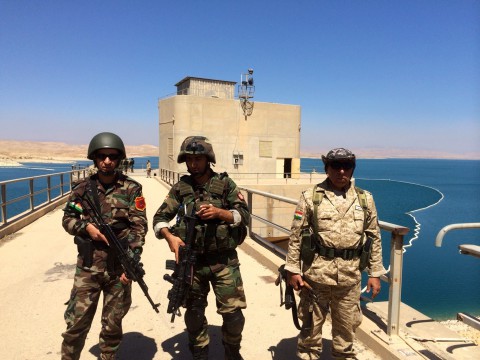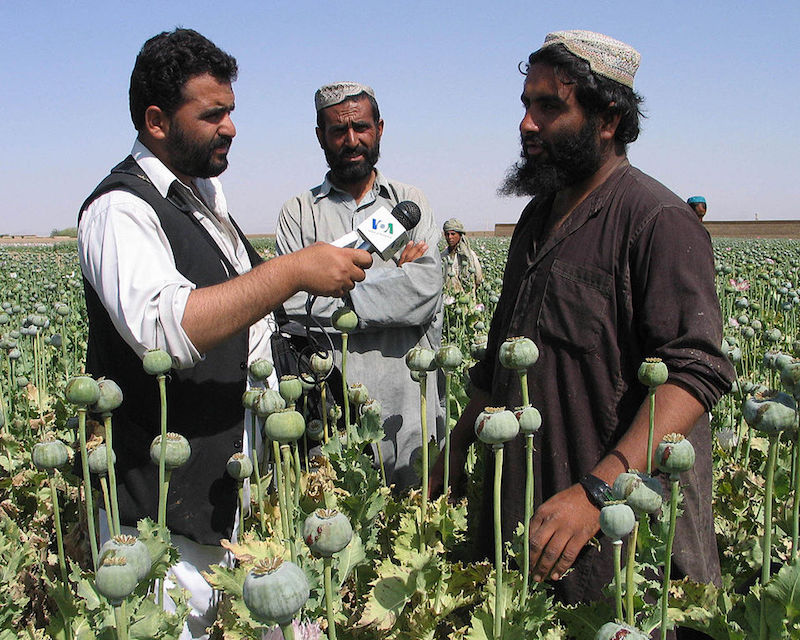Water is a key resource in the arid environment of the Middle East, so any power wishing to control the area permanently has to secure critical infrastructure along the bodies of water. Running from Turkey through Iraq are the Tigris and Euphrates rivers, which irrigate most of Mesopotamia and makes the land habitable. Control over the dams and irrigation systems is key to supplying the population. With the rise of ISIS and the continuing conflicts that haunt the area, the possession of one dam in particular could have a considerable impact on the conflict.
The Mosul Dam is a hydroelectric dam that holds 11.1 cubic kilometers of water, supplying the 1.7 million residents of Mosul and the area with electricity. There have been key concerns over the dam’s stability as the ever-changing Governments in Baghdad have neglected maintenance. Efforts to repair the dam were first initiated by the US after the liberation of Iraq in 2003. The US army had been preparing for scenarios in which Saddam would blow up the dam, flooding the area. When forces arrived to secure the dam they found 500 workers still at the site although they hadn’t been paid for months, such is the importance of the dam for the region. A report in September 2006 by the United States Army Corps of Engineers stated that “In terms of internal erosion potential of the foundation, Mosul Dam is the most dangerous dam in the world.”
The dam’s condition has since been closely monitored, but reconstruction and improvement to the structure are proceeding haltingly due to corruption in the Iraqi government and a continuing fight for military control of the region. The largest threat to the stability of the construction comes from the dissolution of the material. Originally constructed on a gypsum base, the highly soluble material showed early signs of erosion, even before construction was finished under Saddam Hussein. The unstable construct requires a high degree of expertise in engineering and construction to stabilize via a process called grouting, which involves pouring liquid into the base of the dam to prevent water seepage. Richard Coffman an assistant Professor of civil engineering at the University of Arkansas commented in Business Insider on the structure: “The dam is grouted six times a week to prevent it from failing.”
ISIS gained control of the region and its infrastructure in 2014 and held it until August, when Peshmerga troops regained the upper hand. There was concern that ISIS wouldn’t be able to properly operate the dam to meet the energy requirements of Mosul, essentially starving the region. A scenario developed by the Iraqi Army, expected ISIS to deliberately blow up the dam, in a scorched earth policy. However flooding the region would prevent the resources to be available to ISIS if it became the ruling authority of the region, making the scenario unlikely.
The ineffiecient maintenance of the dam makes the risk of a breach a looming possibility. If the structure collapses it could send a wave downstream that would crush anything in its path and flood the Mosul area, killing thousands in its path and leaving millions without power.






